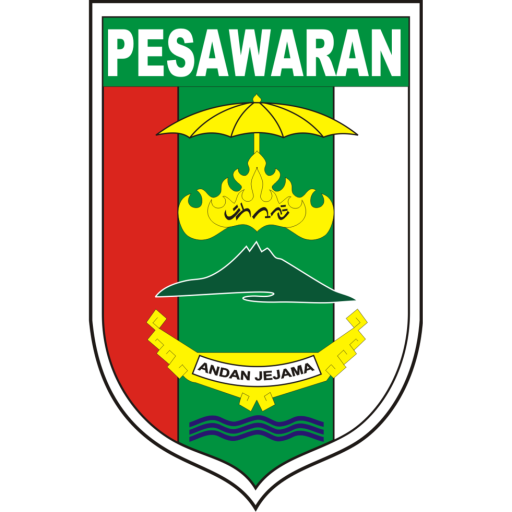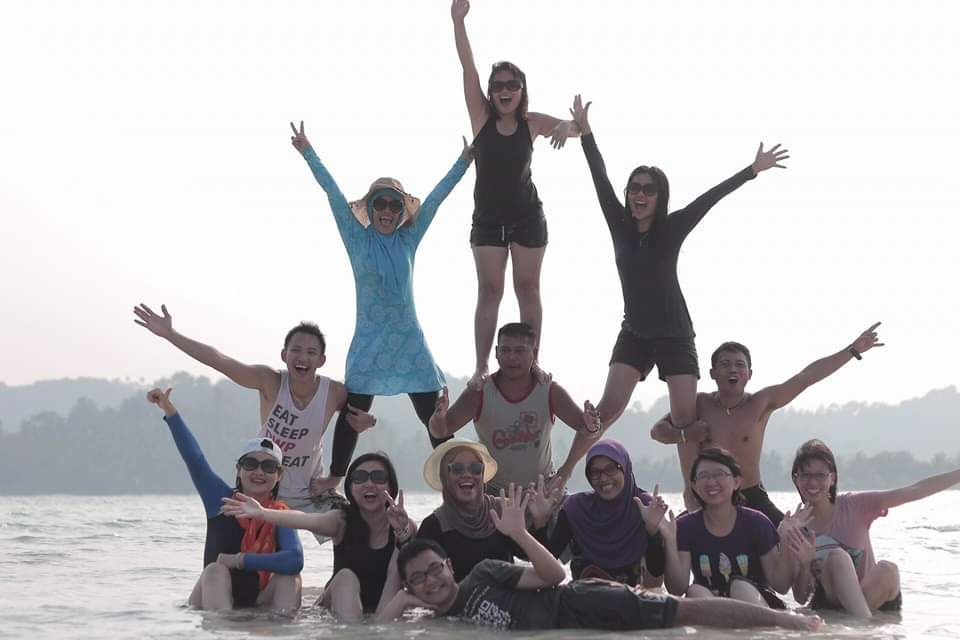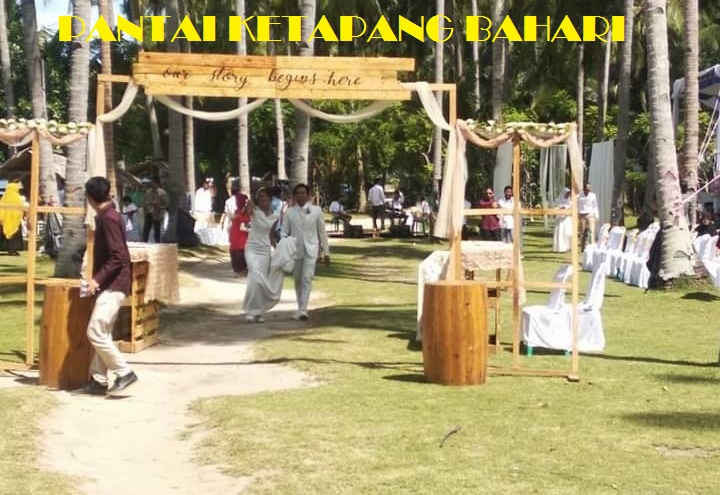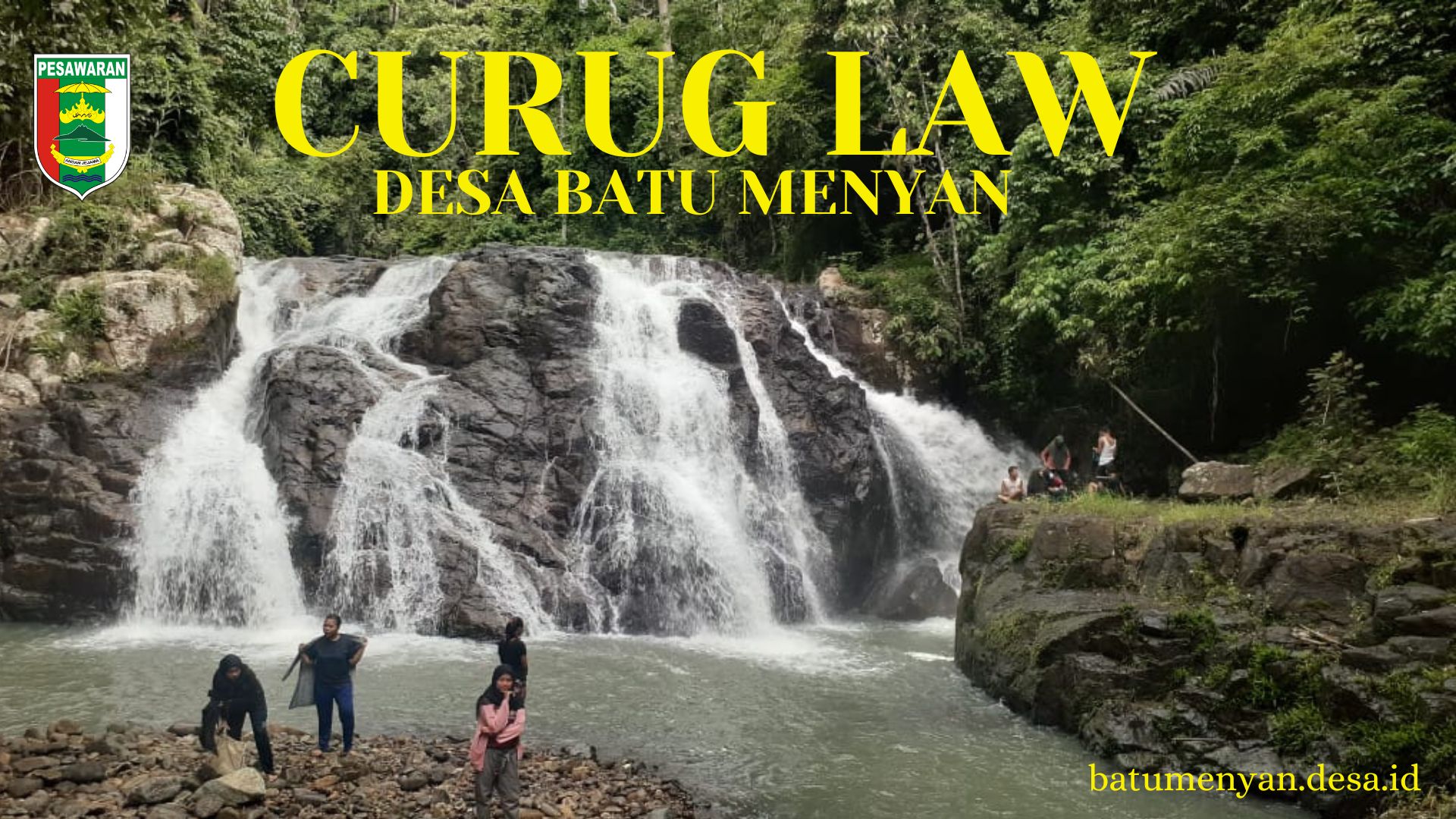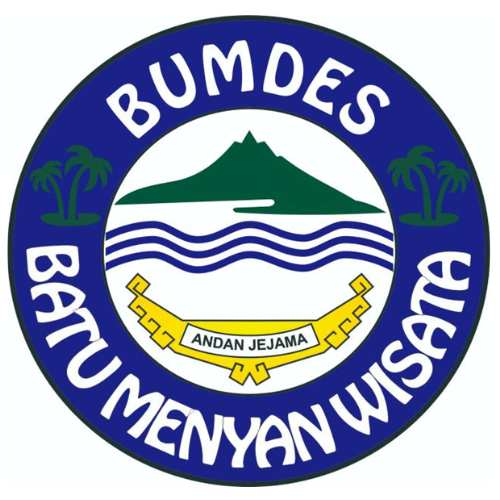Most of the world’s population resides in urban areas, making cities the central hubs of economic, social, and cultural activities. However, this rapid urbanization has put tremendous pressure on urban infrastructure and resources leading to various challenges such as overcrowding, inadequate housing, pollution, and limited access to basic services. To address these challenges, governments and other stakeholders have started focusing on promoting the development of rural areas to relieve the burden on cities. One such strategy is the revitalization of villages, which aims to strengthen the resilience of both rural and urban areas. In this article, we will explore the concept of “Revitalisasi Desa: Strategi Penguatan Ketahanan Kota”, its significance, and its potential impact on urban resilience.

## Introduction
Revitalisasi Desa: Strategi Penguatan Ketahanan Kota (RDSK) is a concept that focuses on enhancing the resilience of cities by revitalizing rural areas. It acknowledges the interdependence between urban and rural areas and recognizes that the well-being of both is crucial for sustainable development. RDSK aims to promote balanced regional development, reduce urban-rural inequalities, and create a sustainable urban-rural nexus.
The concept of RDSK is particularly relevant in countries experiencing rapid urbanization, where the strain on urban resources and infrastructure is becoming increasingly evident. By revitalizing villages, governments and communities can alleviate the pressure on cities and create opportunities for rural development.
## Significance of Revitalisasi Desa: Strategi Penguatan Ketahanan Kota
Revitalizing villages is a crucial component of urban resilience-building efforts. It offers various benefits for both rural and urban areas, including:
1. **Reduced pressure on urban infrastructure**: By revitalizing villages and promoting rural development, the influx of migrants into already overcrowded cities can be minimized. This reduces the burden on urban infrastructure, such as housing, transportation, and public services.
2. **Improved quality of life**: Revitalizing villages can enhance the quality of life for rural residents by providing access to better healthcare, education, and basic services. This, in turn, reduces the economic and social disparities between urban and rural areas.
3. **Preservation of cultural heritage**: Many rural areas possess unique cultural heritage and traditional practices that are at risk of being lost due to urbanization. Revitalization efforts can help preserve and promote these cultural assets, contributing to a more diverse and vibrant society.
Also read:
Ini Rahasia Desa Sehat Kota Produktif!
Desa Digital Menuju Kota Cerdas: Pemanfaatan Teknologi dalam Perkembangan Kota
4. **Sustainable agriculture and food security**: Revitalizing villages often involves supporting agricultural activities and promoting sustainable farming practices. This not only ensures food security but also contributes to the overall sustainability of the region.
5. **Economic opportunities**: Revitalization efforts can bring new economic opportunities to rural areas, such as agro-tourism, cottage industries, and small-scale enterprises. This creates employment opportunities, reduces rural-urban migration, and contributes to local economic growth.
## Challenges and Strategies in Revitalizing Villages
While the concept of revitalizing villages holds great potential, there are several challenges that need to be addressed. Some of these challenges include:
1. **Limited resources**: Rural areas often suffer from a lack of resources, including financial capital, infrastructure, and skilled manpower. These limitations can hamper revitalization efforts and require targeted interventions and support from the government and other stakeholders.
2. **Traditional mindset**: Some rural communities may have a deep-rooted attachment to traditional ways of life and may be resistant to change. Overcoming this mindset and encouraging participation in revitalization efforts can be a challenge and requires effective communication and community engagement strategies.
3. **Accessibility and connectivity**: Many rural areas are geographically remote and lack proper connectivity and transportation infrastructure. Improving accessibility and connectivity is crucial for attracting investments, accessing markets, and providing basic services to rural communities.
Strategies to address these challenges and ensure successful revitalization include:
1. **Investment in infrastructure**: Governments and stakeholders need to allocate adequate resources for improving rural infrastructure, including roads, electricity, water supply, and digital connectivity. This enhances the accessibility of rural areas, attracts investments, and creates an enabling environment for development.
2. **Capacity building**: To overcome the limitations in skilled manpower, efforts should be made to provide training and capacity-building programs to rural residents. This enables them to actively participate in revitalization efforts and ensures the efficient utilization of resources.
3. **Promotion of entrepreneurship**: Encouraging entrepreneurship and supporting the establishment of small-scale enterprises can create economic opportunities and stimulate rural growth. This can be done through providing access to financing, facilitating business development services, and promoting market linkages.
4. **Integrated rural-urban planning**: Revitalization efforts should be integrated into broader regional planning frameworks to ensure coordination between rural and urban areas. This includes aligning land-use plans, transportation networks, and environmental management strategies for holistic development.
## The Role of Communities in Revitalisasi Desa: Strategi Penguatan Ketahanan Kota
Communities play a critical role in the success of revitalization efforts. Their active participation and engagement are crucial for sustainable and inclusive development. Some ways in which communities can contribute include:
1. **Community-driven development**: Engaging communities in decision-making processes and empowering them to take ownership of revitalization initiatives ensures their needs and priorities are adequately addressed. This can be done through participatory planning, community-based organizations, and capacity-building programs.
2. **Preservation of cultural heritage**: Communities can actively participate in the preservation and promotion of their cultural heritage. This includes revitalizing traditional crafts, festivals, and practices, and leveraging them for tourism and economic development.
3. **Sustainable resource management**: Communities are the custodians of natural resources in rural areas. Their involvement in sustainable resource management practices, such as water conservation, afforestation, and biodiversity conservation, is crucial for ensuring long-term environmental sustainability.
## FAQs about Revitalisasi Desa: Strategi Penguatan Ketahanan Kota
1. **What is the main objective of revitalizing villages?**
The main objective of revitalizing villages is to strengthen the resilience of both rural and urban areas by promoting balanced regional development, reducing urban-rural inequalities, and creating a sustainable urban-rural nexus.
2. **How does revitalizing villages benefit urban areas?**
Revitalizing villages reduces the pressure on urban infrastructure, improves the quality of life for rural residents, preserves cultural heritage, promotes sustainable agriculture, and creates economic opportunities in rural areas. These benefits, in turn, relieve the burden on urban areas and contribute to their resilience.
3. **What are the challenges in revitalizing villages?**
Some challenges in revitalizing villages include limited resources, traditional mindsets, and limited accessibility and connectivity. These challenges require targeted interventions and strategies to overcome.
4. **How can communities contribute to revitalization efforts?**
Communities can contribute to revitalization efforts through active engagement in decision-making processes, preservation of cultural heritage, and sustainable resource management practices.
5. **What role does integrated planning play in revitalization efforts?**
Integrated planning ensures coordination between rural and urban areas, aligns land-use plans, transportation networks, and environmental management strategies. This holistic approach is crucial for the successful implementation of revitalization initiatives.
6. **How can governments support revitalization efforts?**
Governments can support revitalization efforts by allocating resources for rural infrastructure development, providing capacity-building programs, promoting entrepreneurship, and integrating revitalization plans into broader regional planning frameworks.
## Conclusion
Revitalisasi Desa: Strategi Penguatan Ketahanan Kota is a critical strategy for strengthening urban resilience and promoting sustainable development. By revitalizing villages, governments and communities can alleviate the pressure on urban areas, reduce inequalities, and create economic opportunities in rural areas. However, achieving successful revitalization requires addressing challenges such as limited resources and traditional mindsets, as well as actively engaging communities and adopting integrated planning approaches. By working together and leveraging the potential of both rural and urban areas, we can create more resilient and inclusive cities for future generations.
